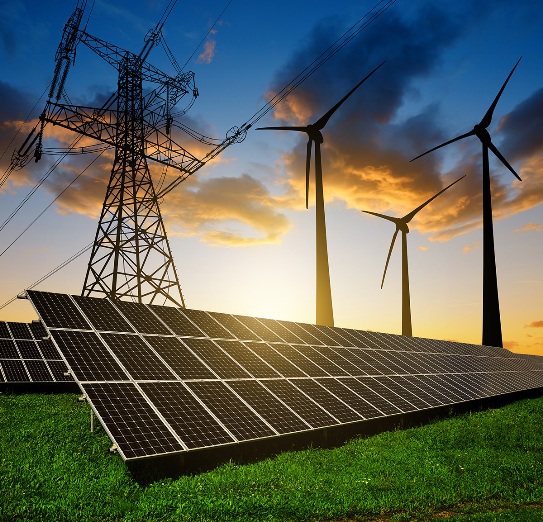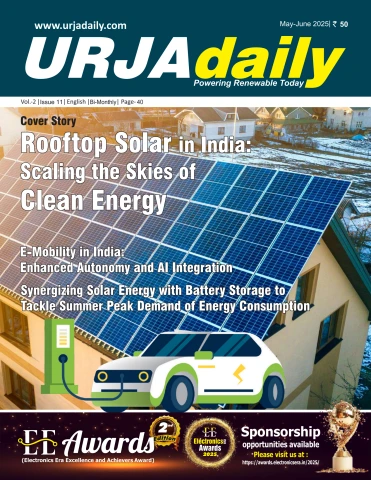Using renewable energy (RE) to power liquefied natural gas (LNG) plants in Asia Pacific (APAC) could reduce emissions by about 8 percent, according to an analysis by Wood Mackenzie. Asia Pacific produces over a third of the world’s LNG, but also generates over 50 million tonnes of carbon dioxide equivalent (MtCO2e) of emissions during liquefaction. Australian LNG projects account for over half or 29 MtCO2e of liquefaction emissions from LNG projects in the region.
Many of Asia Pacific’s LNG facilities are located in remote areas, far from the power grid. As a result, feed-gas is used to generate electricity to run the plant and fuel the liquefaction process. Typically, 8 percent to 12 percent of feed-gas is consumed at the plant to run these processes. Older, more inefficient plants, as well as nascent floating LNG (FLNG) vessels operate with far higher losses.
“Three main decarbonisation levers could help reduce emissions at LNG plants, namely operational efficiency, design changes, and the use of renewable energy, which could be sourced from the grid or generated onsite,” said Jamie Taylor, Senior Analyst at Wood Mackenzie.
Feed-gas is used to fuel gas turbines to generate electricity to power the plant. Replacing these gas turbines with electricity could greatly reduce emissions, assuming the grid power is less carbon intensive. The other option is to install on-site renewable power, in particular solar.













